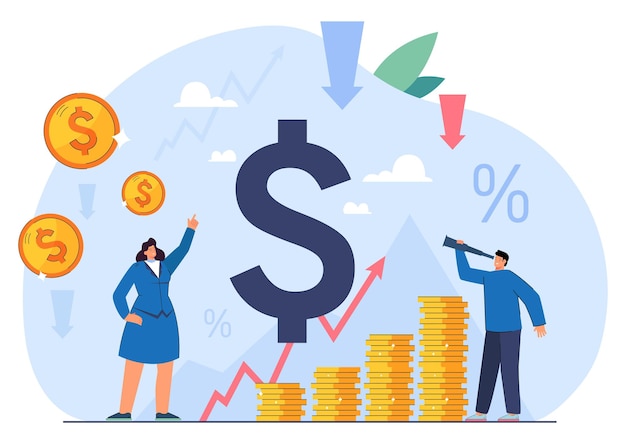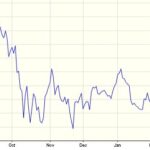Businesses in competitive marketplaces are embracing AI to advance their interests. Global firms like Amazon use AI to handle customer service. Most companies use AI to identify high-value consumers and offer them tempting discounts.

AI systems aid businesses in various ways. Automated ad placement and consumer targeting, faster workflows, direct site analysis, intelligent screening, product control, and direct sales chat platforms are essential. These methods help businesses monetize.
However, in the digital economy, firms must first prepare for AI. Businesses must be ready to use AI to commercialize.
Given that, Designhill, the premier creative marketplace, held an AMA session on How AI Can Help Businesses Monetize in the Digital Economy. Field expert Dr. Michael Wu spoke.
He discussed how to monetize AI, business opportunity spotting, and impending AI, machine learning, and data science trends. He advised firms on AI preparation and adoption.
About Dr. Michael Wu
Dr. Michael Wu is a top AI, ML, DS, and BE expert. His current position is Chief AI Strategist at PROS [NYSE: PRO]. The Ecole des Ponts Business School named him a Senior Research Fellow for Data Science. Michael was Lithium’s Chief Scientist for a decade.
Dr. Michael Wu Taught Business Owners How to Monetize with AI
Michael Wu: I will discuss how AI can help you monetise more efficiently in a digital market. We have no excuse today due to the pandemic. All businesses want to go digital. Many statistics demonstrate digital is the future. One of the biggest technology shifts in the recent decade occurred in the last three to four months. People have no choice but to become digital. AI is crucial to the digital economy.
Artificial and Business Intelligence
What is AI? Examples are the best way to comprehend it. Business intelligence (BI) yields AI. Learning about business intelligence history is the best method to grasp AI. Business intelligence starts with lots of data. Let me show you some toys.
Summary is usually the initial step with lots of facts. To summarize your data, how do you calculate statistics and indicators? You may know what the data is happening without looking at every point. These are descriptive statistics and analysis. After a while, you see trends and can develop a model.
Predictive Analytics
The model now summarizes data. Having a model lets you extrapolate to places without data. You can now predict and forecast. You then perform predictive analytics.
Predictive analytics is excellent, but you can do more. AI will allow you to command others. In this situation, you want to profit from this stock. This is a fantastic moment to purchase and sell. Now you may direct others. Prescriptive analytics prescribes steps to attain an ideal outcome. Business intelligence is descriptive, predictive, and prescriptive.




